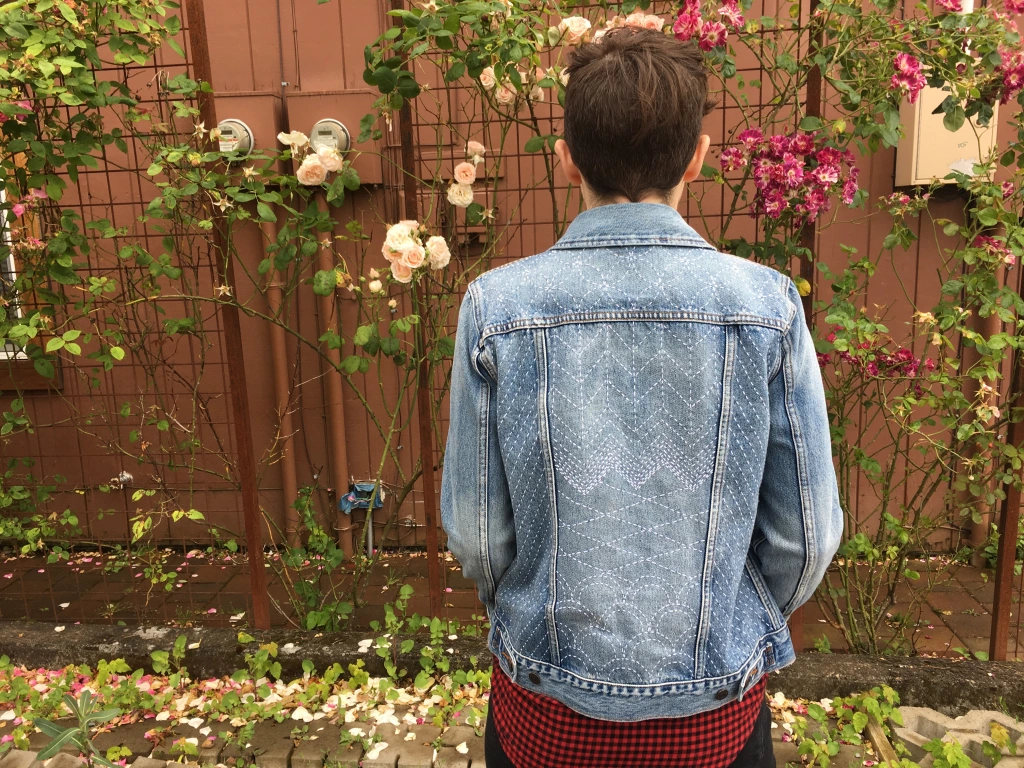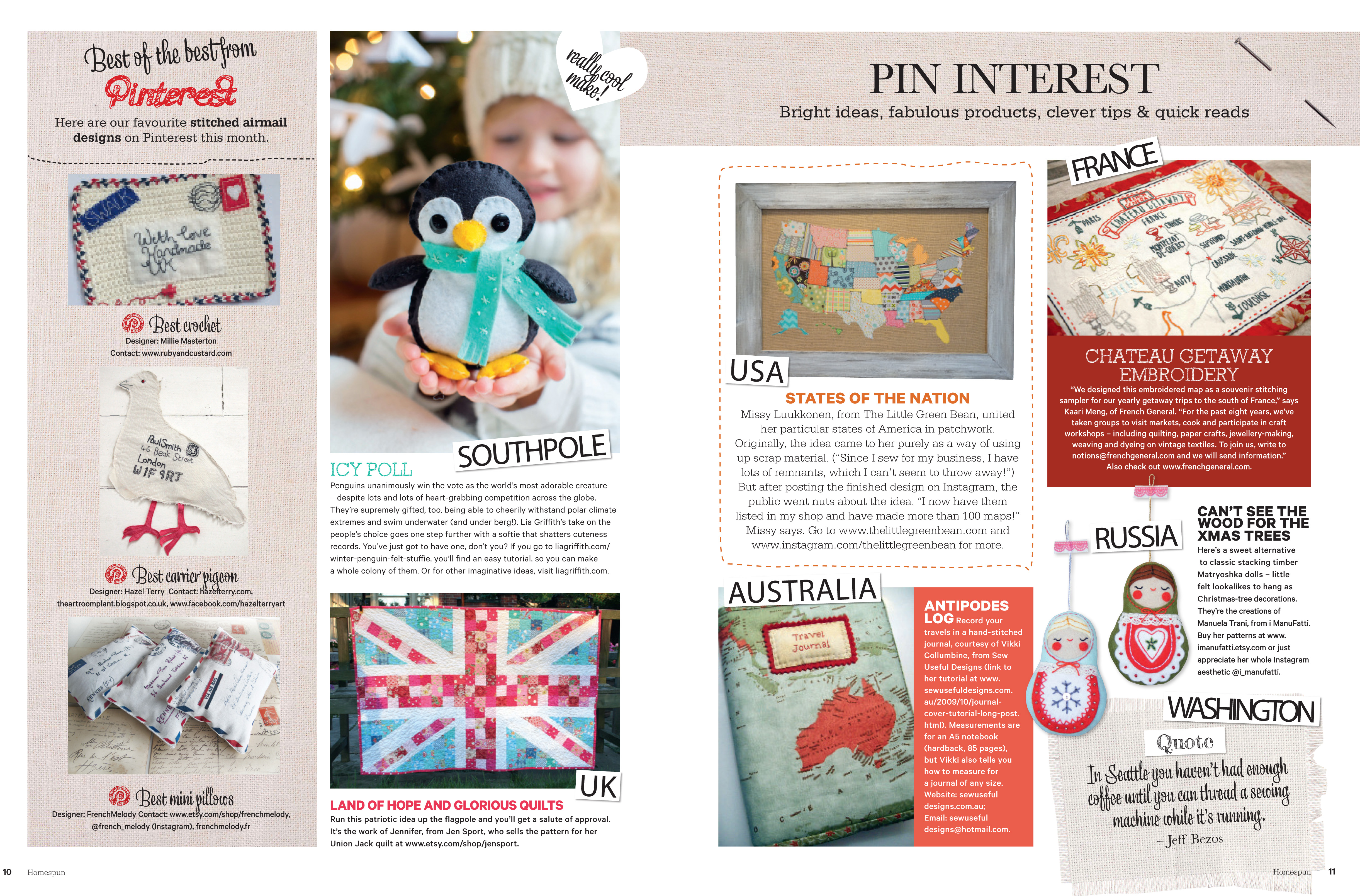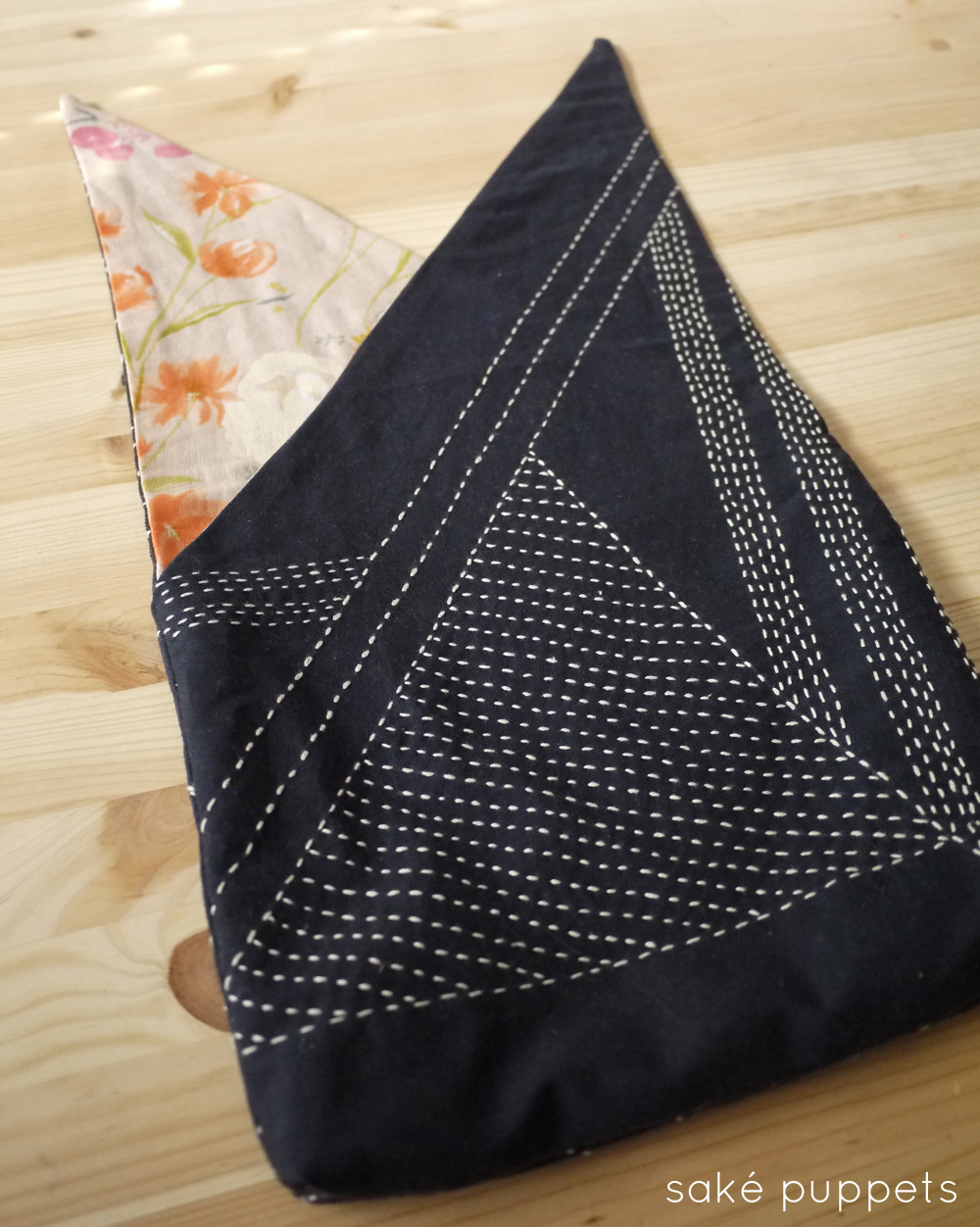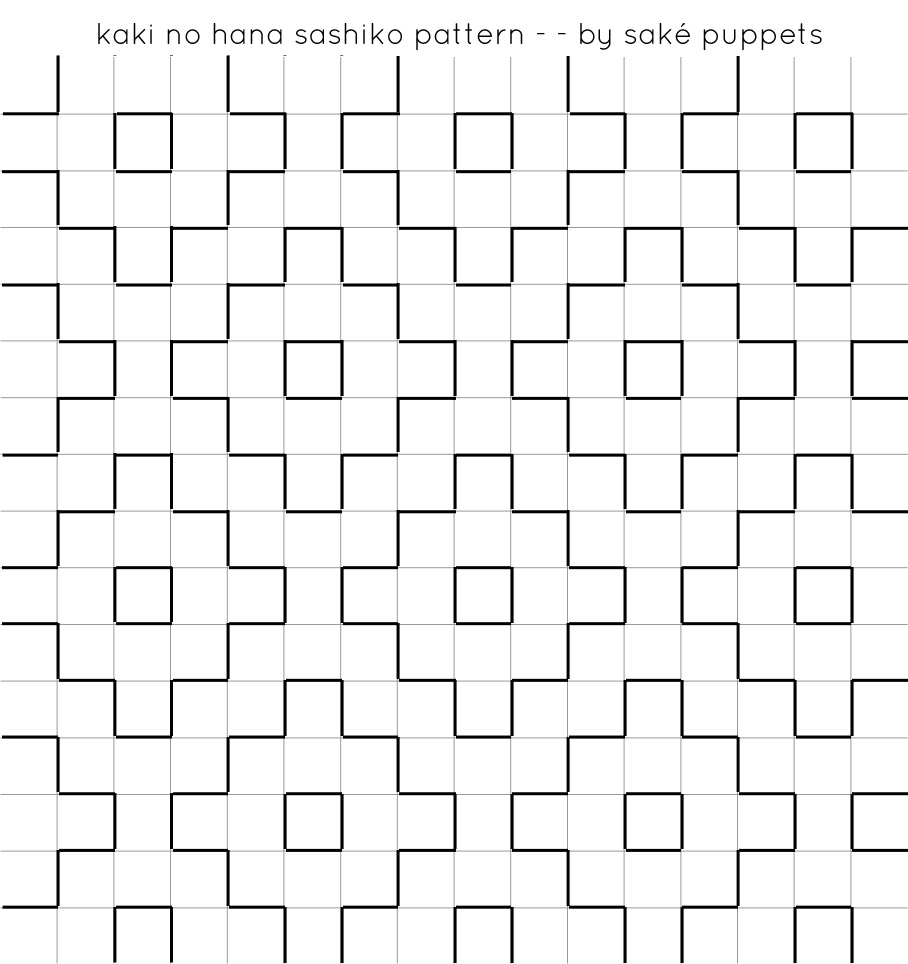Hello! A while back I contributed to the beautiful book Embroider Your Life: Simple Techniques & 150 Stylish Motifs to Embellish Your World by Nathalie Morneu.

I created this jacket especially for the book and am so pleased with the results. It has become part of me; I pull it out as soon as the weather turns crisp. “Yesssssss. Sashiko jacket, I missed you.”
This project was inspired by embellished jackets from the 1970s and 80s – punky studded metal vests and rhinestone Nudie suits. Both styles let the wearer declare loyalty to a genre while maintaining incredible self-expression. This sashiko jacket wears like an embroiderer’s armor. It says, “I stitch on denim and, you guessed it, my fingers bled for it.”
Check out the book for more sashiko and embroidery inspiration, or pop over to my sashiko tutorial here. Enjoy!





























